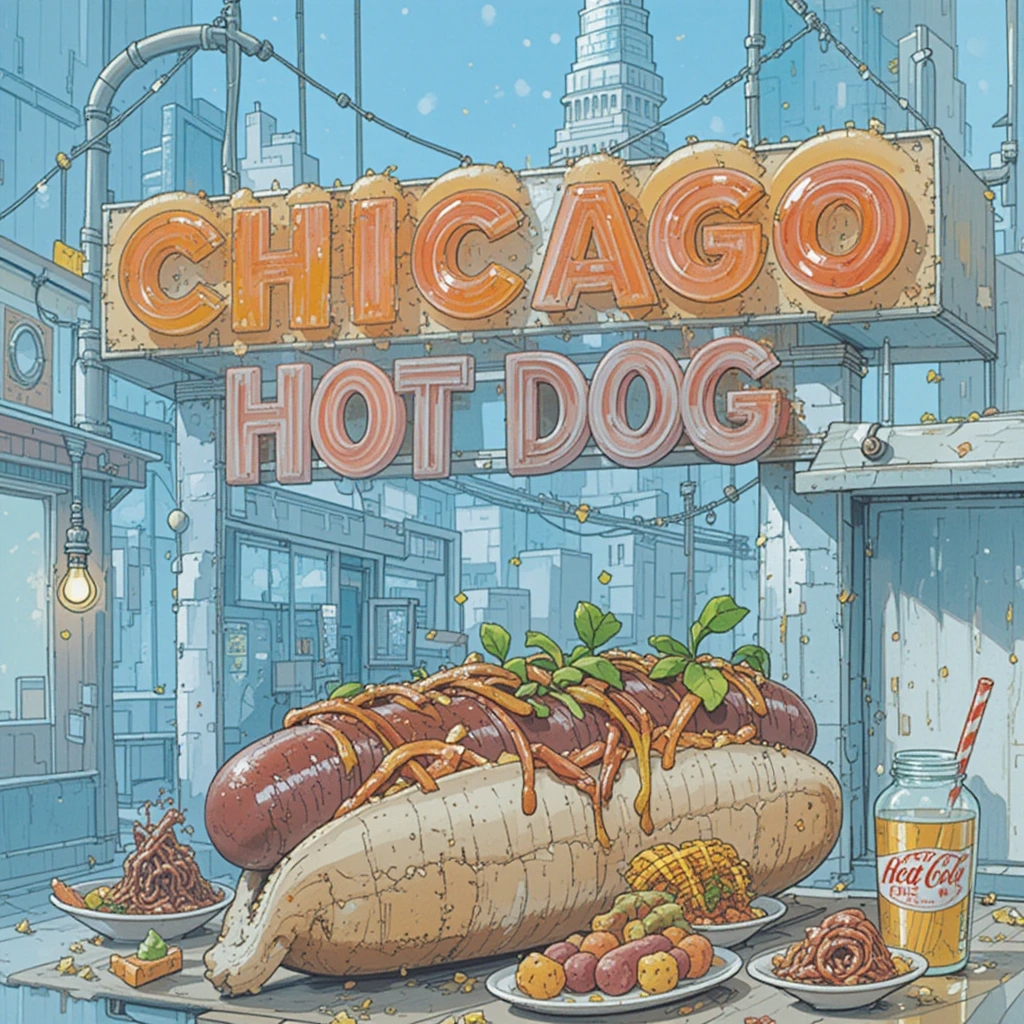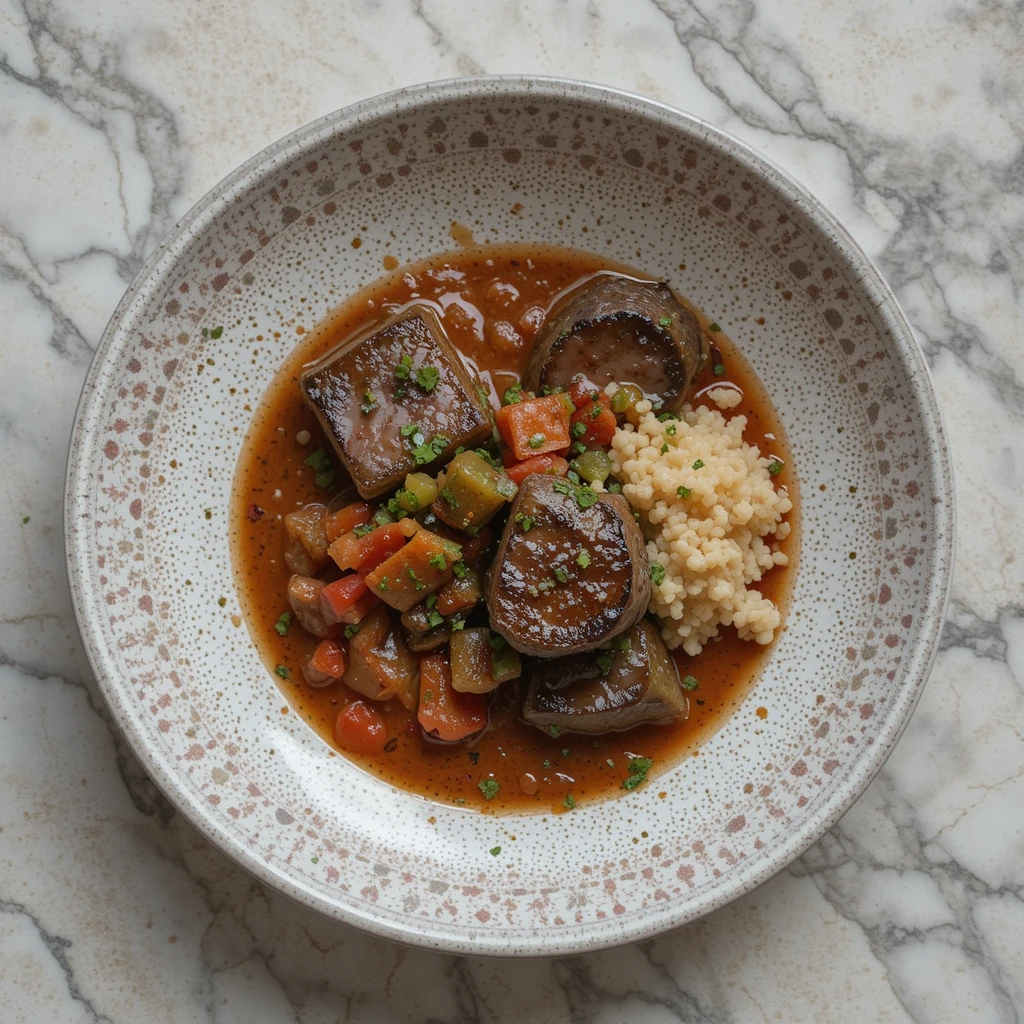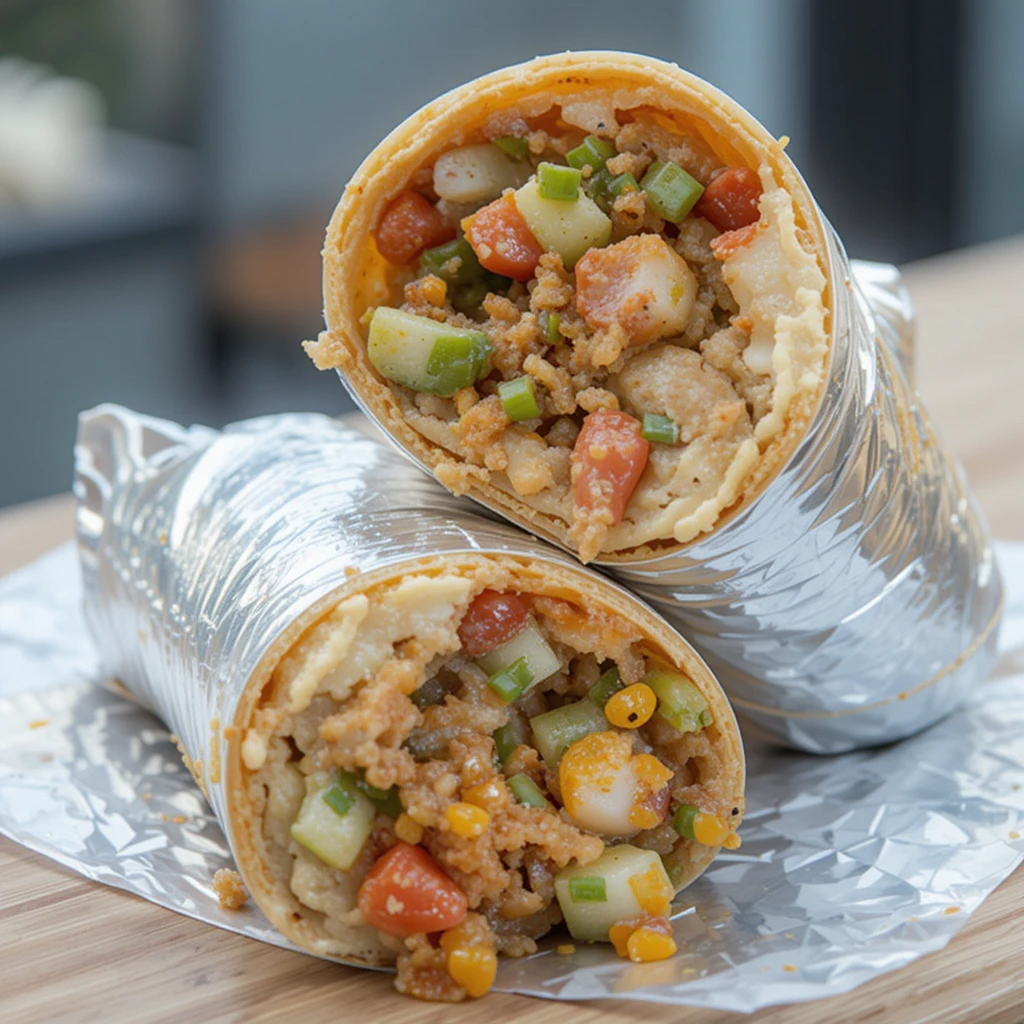The Chicago-style hot dog is a culinary icon, known for its unique combination of flavors and strict adherence to tradition. One of its defining characteristics is the use of an all-beef frankfurter. But why is beef the star of this beloved street food?
In this article, we’ll explore:
- The history of the Chicago hot dog
- Why beef is the preferred choice
- How the all-beef rule became a standard
- The cultural significance of this ingredient choice
- Comparisons with other regional hot dog styles
By the end, you’ll understand why Chicagoans take their beef hot dogs so seriously.
1. The Origins of the Chicago-Style Hot Dog
Before diving into why beef is essential, let’s look at how the Chicago hot dog came to be.
A. Early Hot Dog History in Chicago
Hot dogs arrived in Chicago in the late 19th century, brought by German immigrants. The city’s meatpacking industry, led by giants like Armour and Swift, made sausages widely available. By the 1890s, hot dog stands began popping up, catering to factory workers looking for quick, affordable meals.
B. The Birth of the Chicago-Style Dog
The classic Chicago hot dog as we know it today emerged in the 1920s and 1930s. Street vendors started loading their hot dogs with a colorful array of toppings:
- Yellow mustard
- Bright green relish
- Fresh tomatoes
- A pickle spear
- Sport peppers
- A dash of celery salt
- Chopped onions (optional)
But the foundation of this masterpiece? An all-beef frankfurter.
2. Why Beef? The Key Reasons
A. Chicago’s Meatpacking Legacy
Chicago was once the meatpacking capital of the world. The Union Stock Yards processed millions of cattle annually, making beef plentiful and affordable. Companies like Vienna Beef (founded in 1893) specialized in high-quality, all-beef sausages, setting the standard for Chicago hot dogs.
B. Superior Flavor and Texture
Beef hot dogs have a richer, meatier taste compared to pork or mixed-meat versions. The natural fat content in beef gives the hot dog a juicier bite, which stands up well to the bold toppings of a Chicago dog.
C. Kosher Influence
Many early hot dog vendors in Chicago were Jewish immigrants who followed kosher dietary laws, which prohibit pork. This led to a preference for all-beef franks, which became ingrained in the city’s hot dog culture.
D. A Symbol of Quality
In the early 20th century, food safety was a concern. Beef was seen as a premium ingredient, while cheaper hot dogs often contained questionable meat blends. Chicago vendors distinguished themselves by using 100% beef, earning customer trust.
3. The Vienna Beef Standard
No discussion of Chicago hot dogs is complete without mentioning Vienna Beef, the brand most associated with the city’s iconic frankfurters.
A. How Vienna Beef Dominated the Market
Founded by Austrian-Hungarian immigrants, Vienna Beef became the gold standard for Chicago hot dogs. Their recipe:
- 100% USDA-inspected beef
- A natural casing for the perfect snap
- A blend of spices (including garlic, paprika, and coriander)
B. The “Dragged Through the Garden” Style
Vienna Beef’s hot dogs were designed to be hearty enough to handle the Chicago-style toppings without falling apart. The beef’s firm texture ensures the dog stays intact under layers of relish, onions, and peppers.
4. How Chicago’s Beef Hot Dog Compares to Other Styles
While Chicago insists on all-beef, other regions have different preferences:
| Region | Hot Dog Style | Meat Used |
|---|---|---|
| New York | Dirty water dogs | Pork/beef blend |
| Michigan | Coney dogs | Beef or mixed meat |
| Los Angeles | Bacon-wrapped dogs | Often pork-based |
| Chicago | Chicago-style | Strictly all-beef |
Chicago’s commitment to beef sets it apart, ensuring a distinct flavor profile.
5. Cultural Significance: Why Chicagoans Are Loyal to Beef
A. A Matter of Civic Pride
Chicagoans take their hot dogs seriously. Using anything other than an all-beef frank is considered sacrilege. The beef hot dog is a point of local pride, much like deep-dish pizza.
B. The “No Ketchup” Rule
Just as beef is non-negotiable, so is the ban on ketchup for adults (a long-standing Chicago tradition). The purity of the beef flavor must shine without being overpowered by sweet condiments.
C. Economic Impact
Chicago’s hot dog stands, many family-owned for generations, rely on the reputation of their beef dogs. Switching to cheaper meats would betray customer expectations.
6. The Future of the Chicago Beef Hot Dog
Despite food trends shifting toward plant-based alternatives, the classic Chicago beef hot dog remains unchallenged. Some key points:
- Vegan versions exist, but purists argue they can’t replicate the beef experience.
- High-quality beef sourcing remains a priority for vendors.
- New generations continue to embrace the tradition.
As long as Chicago stands, its beef hot dogs will too.
Conclusion
The Chicago hot dog’s use of beef is no accident—it’s a product of history, culture, and culinary excellence. From the city’s meatpacking roots to the kosher influence and Vienna Beef’s dominance, beef has become inseparable from this iconic dish.
Next time you bite into a Chicago-style dog, remember: that 100% beef frankfurter is what makes it truly authentic.
Would you try a Chicago beef hot dog? Or do you prefer another style? Let us know in the comments!



